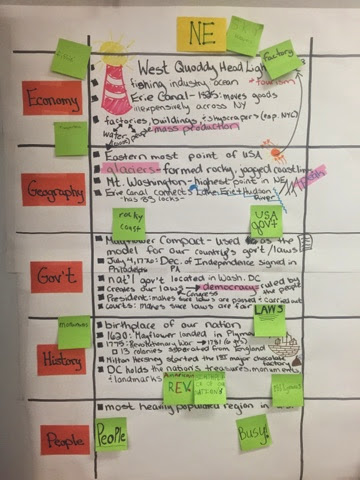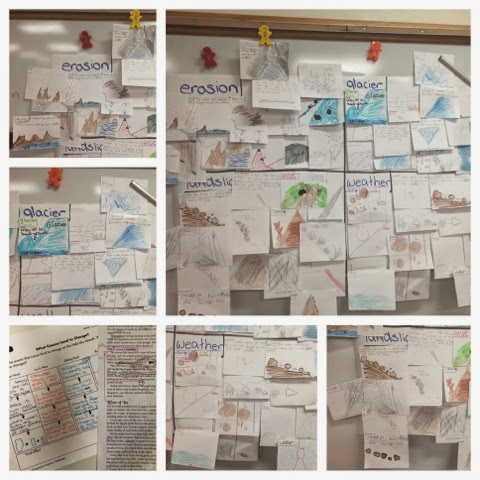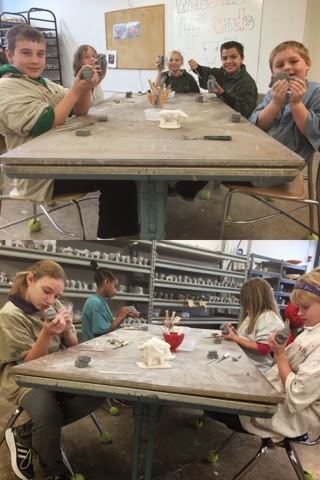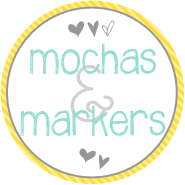Here goes the marathon of posts to fill you in on our work lately...it's laden with photos...you've been warned!!!
We've reviewed our class "CARES" rule (we care about each other, ourselves, and our learning) and generated many fabulous character words to describe how we show that we care. I used the thinking stem "I expect my class to be _____..." to get the ball rolling. How great are these?!
Opinion Writing - Lucy Calkins Unit #2
I'm not sure who is more excited for this unit and learning to write essays, me or the students. Writing essays sounds so grown up, don't you think? To get our toes wet, we began with having everyone use the same thesis statement ("I love ice cream."). After brainstorming reasons why we love ice cream, each of us chose three (written in blue), and then we added evidence to support each of these reasons (written in green). This format is called BOXES and BULLETS.
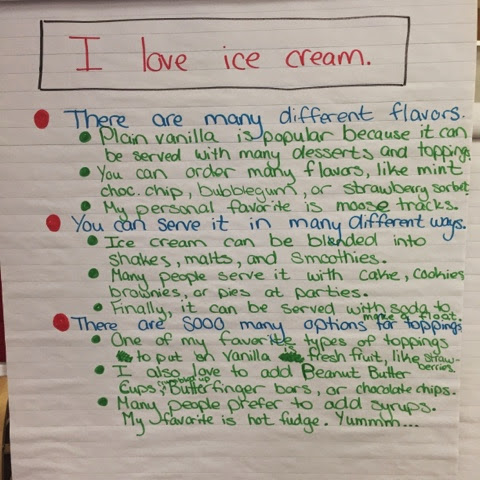
Today we began using the following structure (or outline) for writing an essay. (Don't you wish you would have had this back in high school???) We are using our boxes and bullets work to follow this plan for how to draft a strong essay, and through this have already had many opportunities to look critically at how and where to use paragraphs, how to write fluent and complex sentences, how to incorporate transitional words and phrases...and we are only on our first topic! We have already discovered how great this format will be not only in writing workshop, but in all our subject areas. Just listen to the ideas we have already come up with...
- In Inkheart, Basta is a nasty character.
- The midwest is a great place to live.
- The Patriots should not be allowed to play in the Superbowl. (Oh yes, that was a hot topic this morning and one that got almost everyone fired up to write their opinion.)
Social Studies - touring the regions of the USA
Learning goals as we read about each of the 5 regions:
- Learn about amazing places in all 5 regions of our country.
- Learn what makes each of these regions unique, and what the places within each region have in common. The "big idea" or "essential question" I've challenged my students to discover is, "What makes the NE the NE? What about these states causes them to be lumped together as a region, and what makes this area unique and different from the other states and regions?"
- Understand elements of economy, geography, government, history, and people in each region and holistically in our country.
We have already read our chapter on the Northeast. Below you will see our concept map, or notes, on this region. (Each student has their own mini-version of this.) As we read we are plugging in key information by category and adding illustrations, key terms, etc. After reading, we identified what truly makes the NE the NE, and those things are labeled on the green post-it notes. The photo doesn't show this, but this table extends all the way across our board to the right and has space for the other 4 regions. After touring our entire country, each student will be asked to write in-depth about one of these regions for their final project/reflection/assessment.
The assignment for our last Page Turners meeting was a huge hit. Students LOVED choosing and sharing items to represent their character. Dan came dressed to match his character, and Jack presented IN character. Everyone did a GREAT job!!!
Number Talks - The following collage of photos shows the charts from our first 4 number talks. The purpose of these is to increase our ACCURACY, EFFICIENCY, and FLEXIBILITY with computing mentally. During a number talk, students are asked to solve a problem mentally and use as many strategies as they can. After giving think time, I ask students to share their solution to the problem (these are recorded in the boxes in the top right corners of each chart), and then I ask several students to DEFEND a solution while sharing their strategy. Below you will see how I've recorded their thinking (each chart shows multiple defenses from students).
The final picture is of the Notice and Note signposts that we have introduced in-depth. Take a moment to read through each chart. I am confident that as you read about each signpost you will find moments from books you've read coming to mind.
Phew! Thanks for sticking with me until the end. The class is working SO hard on so many things and soaking up new information like a sponge. So proud of them!!!



